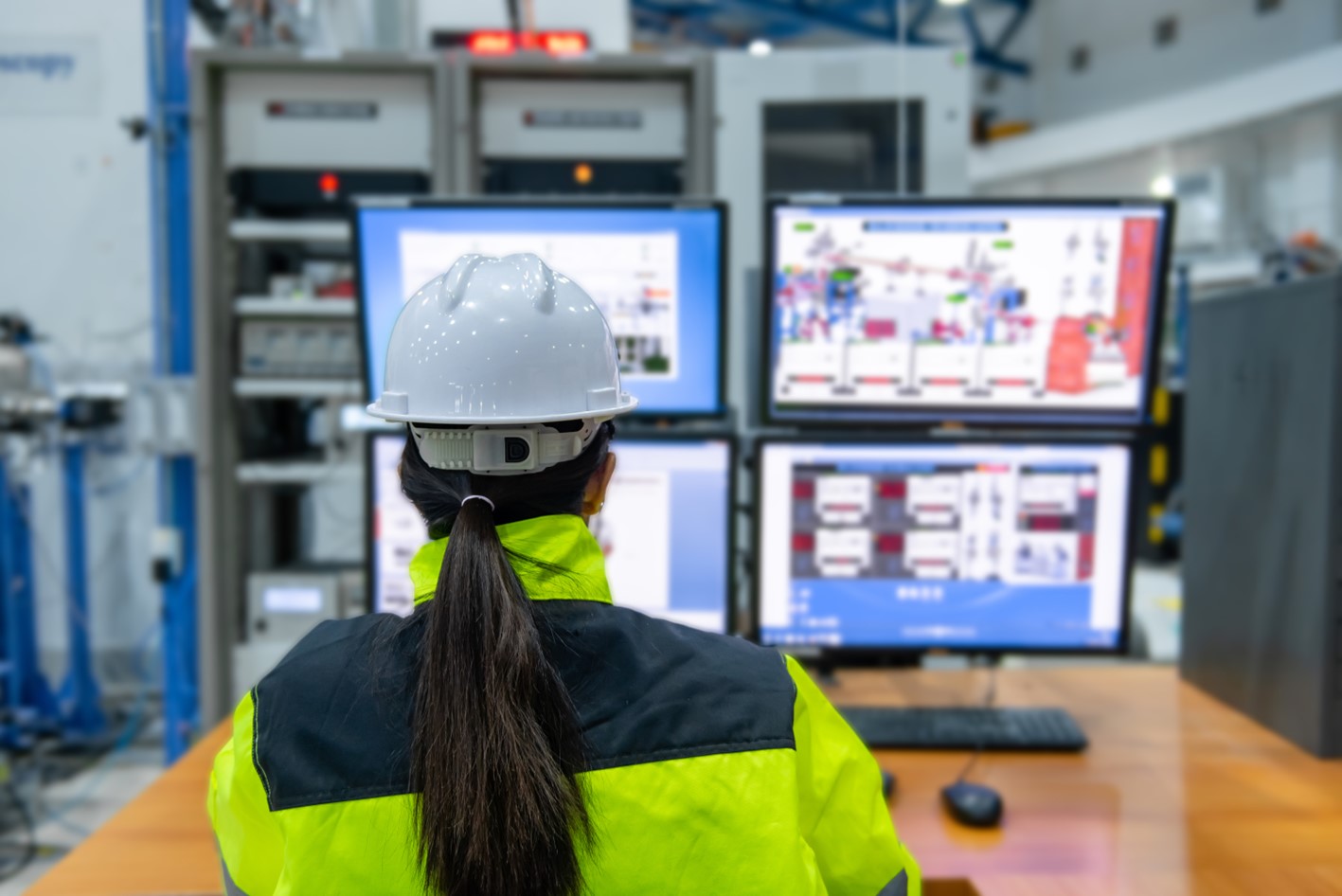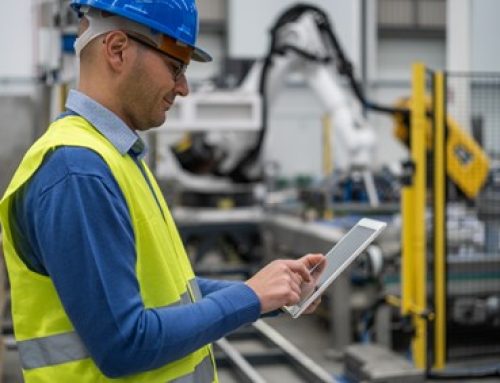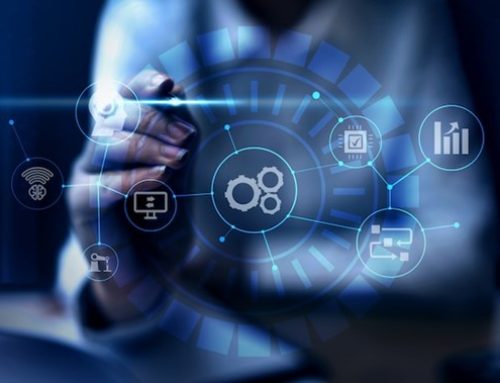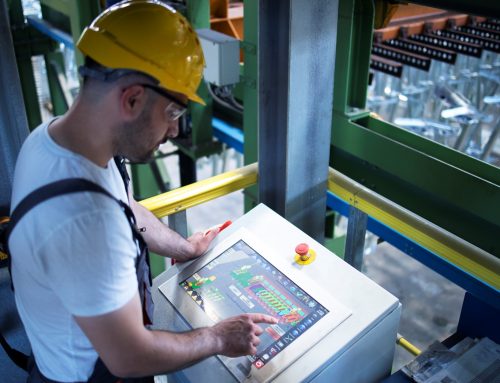Learn how continuous monitoring and information are fundamental for efficient asset management and how technology can help you in this process.
Asset management is one of the administrative and operational areas that most impact the success of an industry. This set of activities aims to optimize the performance, lifespan, and value of the physical assets of your company, such as machinery, equipment, facilities, and inventory.
But how can you achieve efficient asset management? One of the essential factors is continuous monitoring and information about your assets. In this post, we will explain how these elements can make a difference in your asset management and how you can rely on technology to facilitate this process. Curious? Keep reading!
What is Continuous Monitoring and Information in Asset Management?
Continuous monitoring and information in asset management refer to the practices of tracking, measuring, and recording data related to the condition, operation, and performance of your assets. This data can be collected through sensors, devices, software, or visual inspections.
The goal is to have a comprehensive and up-to-date view of your assets, identify potential problems, failures, or improvement opportunities, and make data-driven decisions. But why is this advantage so crucial?
Why is Continuous Monitoring and Information Fundamental for Efficient Asset Management?
Continuous monitoring and information are fundamental for efficient asset management for several reasons. These processes:
- Enable planning and execution of preventive maintenance for your assets, avoiding unplanned downtime, production losses, and high repair costs.
- Increase the reliability and availability of your assets, ensuring they operate under optimal conditions and deliver expected results.
- Improve the quality of your products or services by preventing defects or failures caused by poorly maintained or unsuitable assets.
- Optimize resource utilization by controlling energy consumption, raw materials, spare parts, and other inputs necessary for your assets’ operation.
- Help manage risks associated with your assets, such as accidents, environmental damage, fines, or legal penalties.
- Facilitate the management of the life cycle of your assets by evaluating their performance over time and deciding when it is time to replace or dispose of them.
How to Use Technology to Monitor and Generate Continuous Information about Your Assets?
To monitor and generate continuous information about your assets, you can rely on technology as a great ally. There are specialized software solutions for production and supply chain management that can integrate all processes related to asset management, from machinery operation to inventory management.
With the Internet of Things (IoT), sensors can be connected to machines to collect different real-time information. This data is sent to management software that presents the information through interactive dashboards, customized reports, and automatic alerts.
This way, you can have a complete and accurate view of your assets and make the best decisions to optimize your management.
An example of software that can assist you in this task is Manusis4. It is a comprehensive solution for industrial maintenance management that allows you to monitor your assets in real-time, plan preventive or corrective maintenance activities, manage your human and material resources, control your operational costs, and generate performance indicators.
Continuous monitoring and information are fundamental for efficient asset management. Always rely on technology to facilitate this process. Now, you are ready to apply these concepts in your company and reap the benefits of optimized asset management.
Why not start today? Request a Manusis4 demo and discover how it can transform your asset management!






Leave A Comment